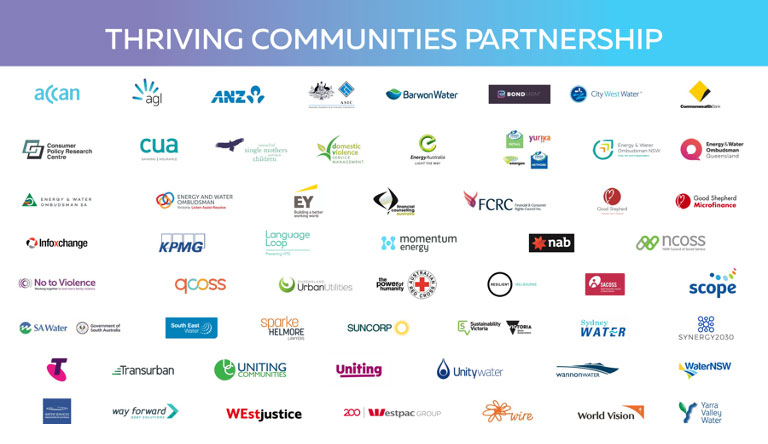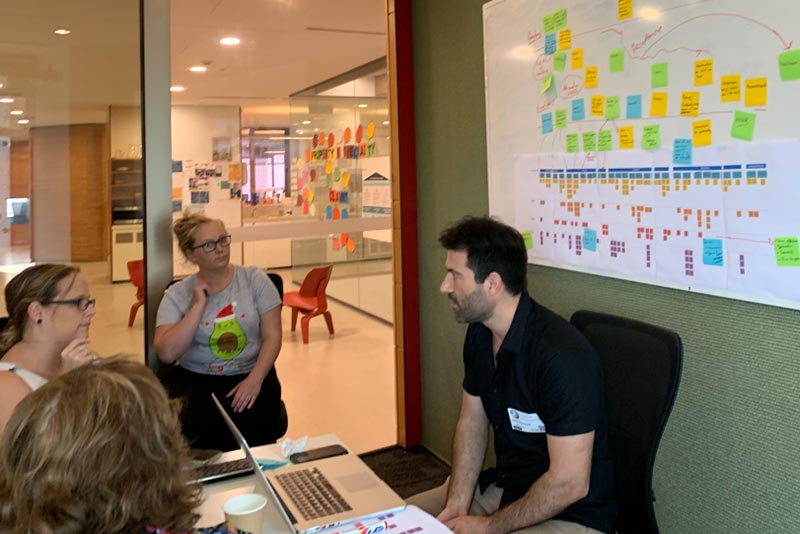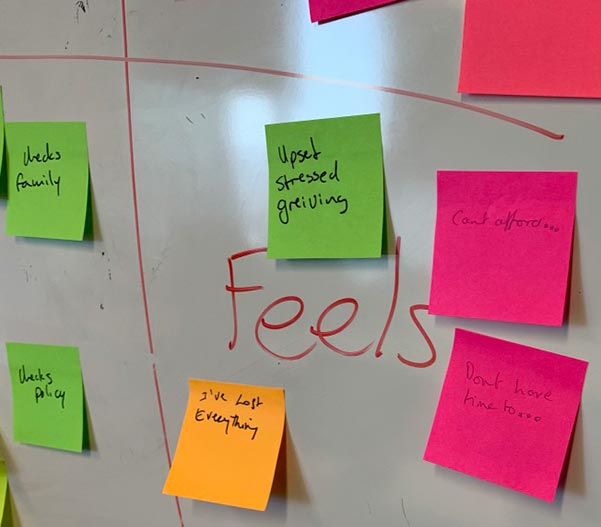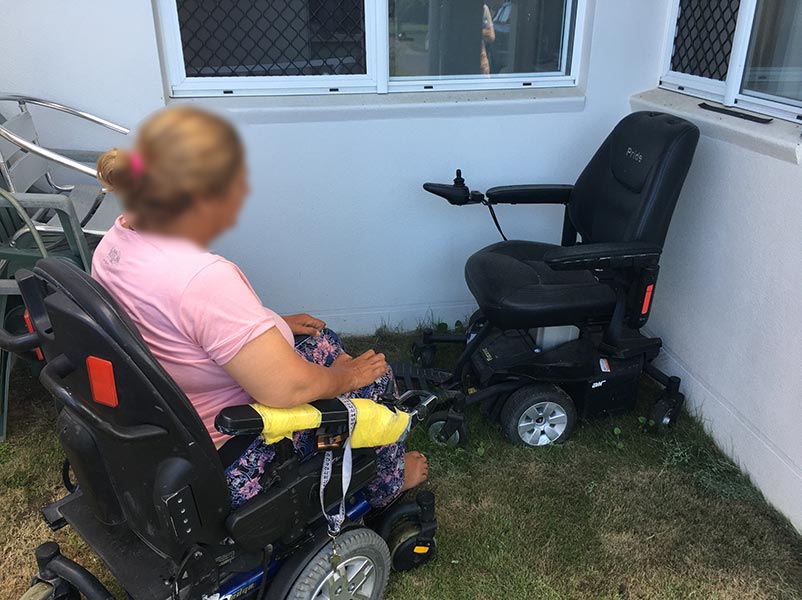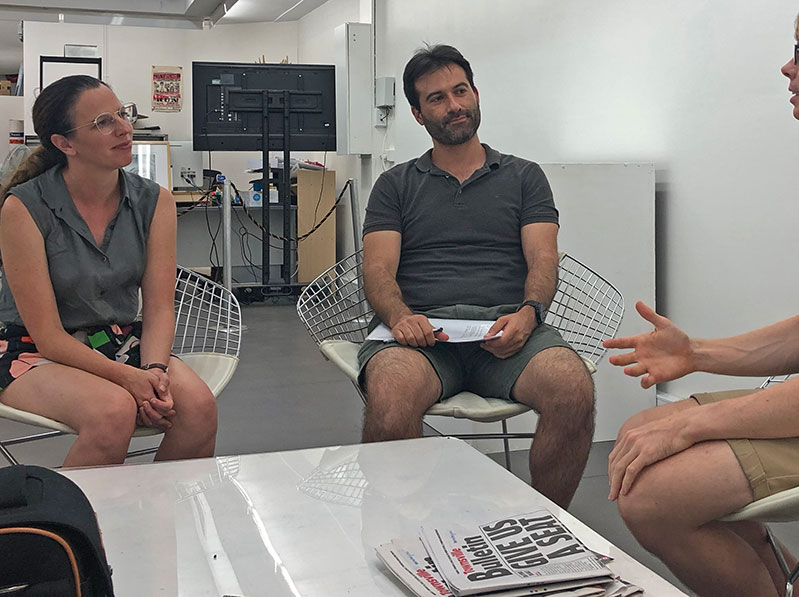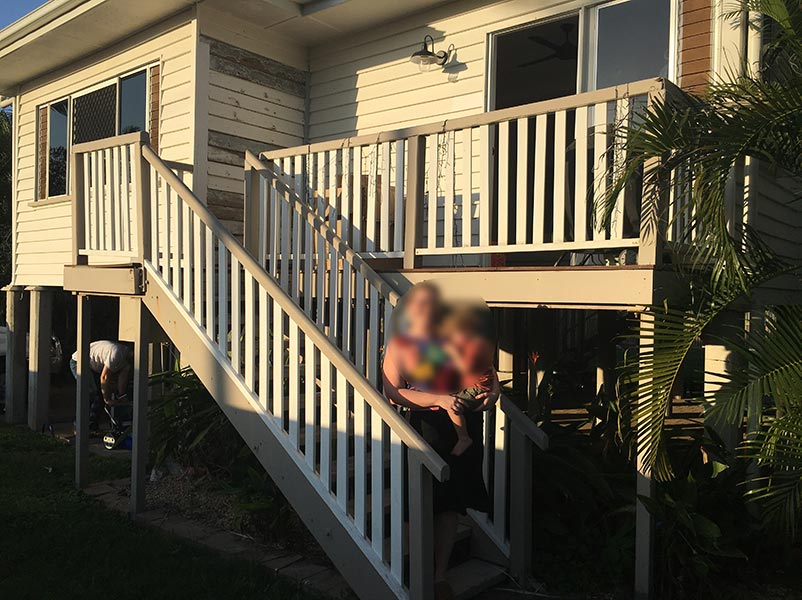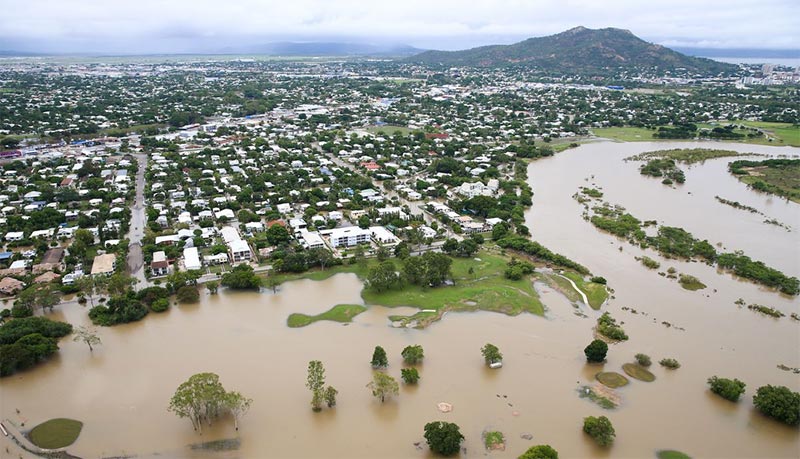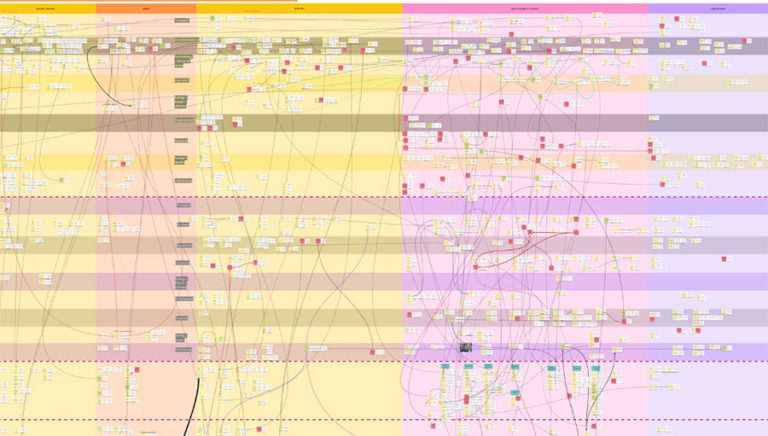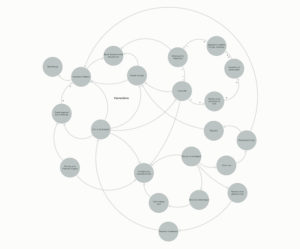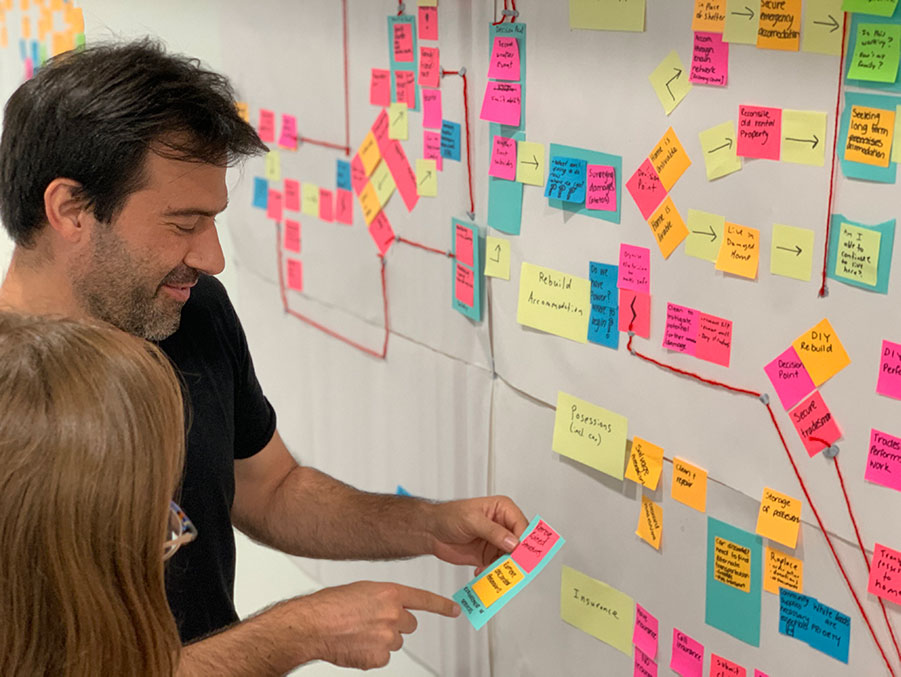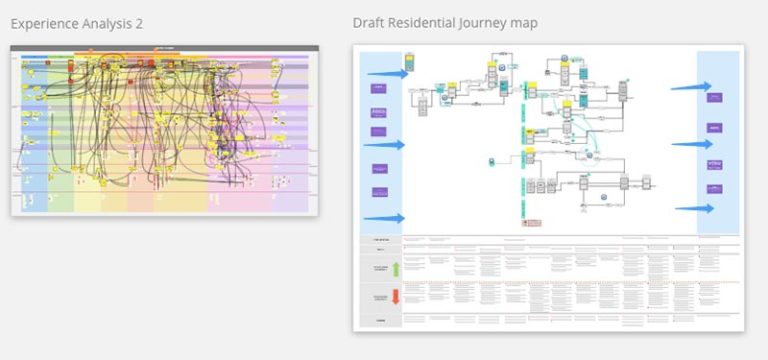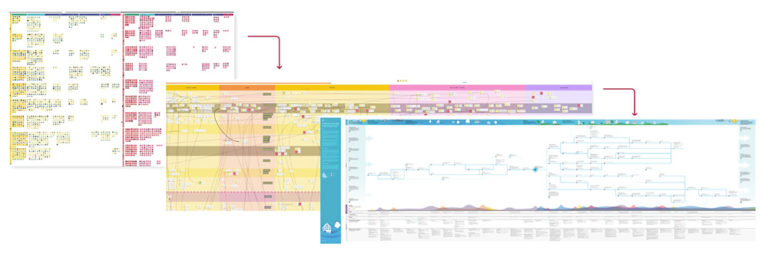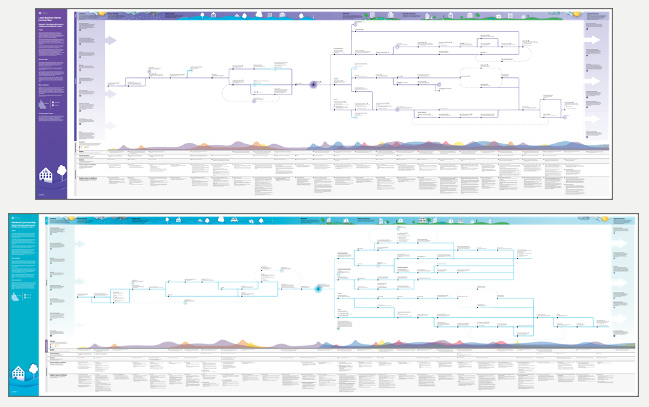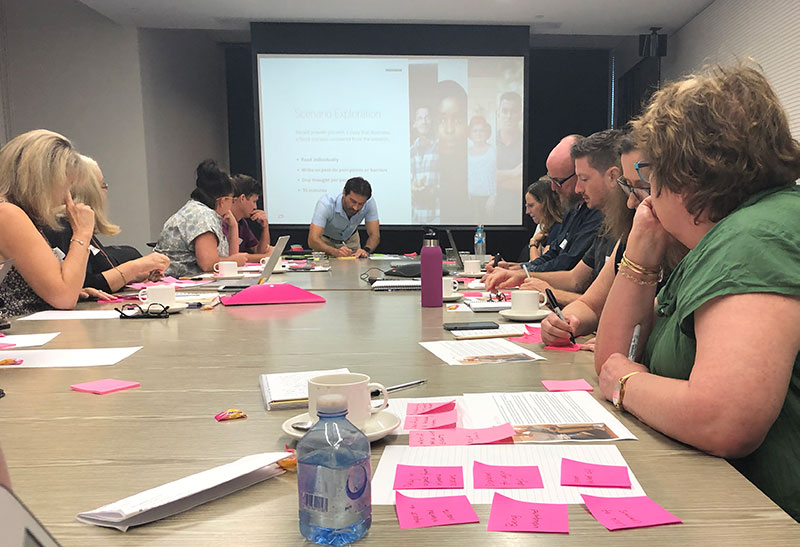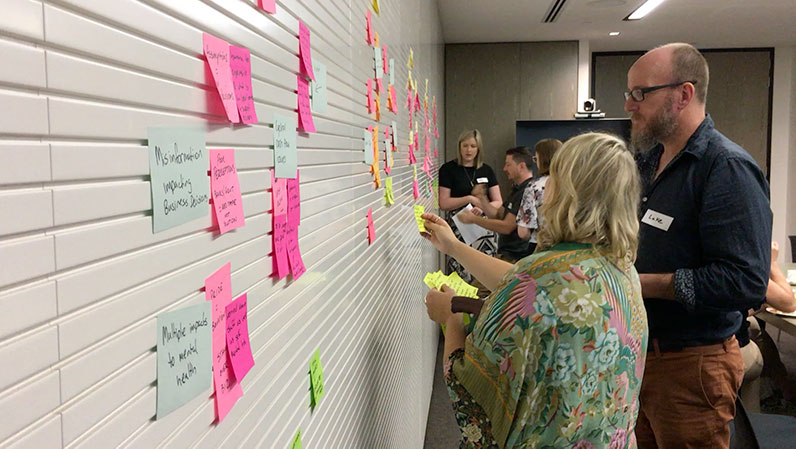TCP Natural Disaster Recovery Project
Taking a people-centred approach to building resiliency against natural disasters
Project Overview
- Client: Thriving Communities Partnership
UX approaches were adapted to understand how people navigated the complex service and support ecosystem during the 2019 North Queensland Monsoon disaster. Outcomes inform improvements to Australia’s disaster planning.
My Role
- As associate director, I played the lead role, which included project and stakeholder management, research methods planning and execution, research analysis and writing the final technical report.
- I have continued to establish a leadership role in Australia post-project as I foster the HCD mindset within Australia’s disaster planning ecosystem.
Objective
Thriving Communities Partnership (a not-for-profit cross-sector network of organisations committed to improving resiliency) wanted to understand the experiences of the individuals and local businesses that were negatively impacted by the North Queensland Monsoon disaster in Townsville, in February 2019.
The purpose of this project was to identify opportunities to provide actionable, cross-sector, people-centred improvements to support all phases from disaster prevention through to long-term recovery.
I was initially engaged to conduct human-centred research to map the community experience. My role has evolved to become a purveyor of change within the Australian disaster planning ecosystem by helping organisations apply the research and foster the human-centred design mindset.
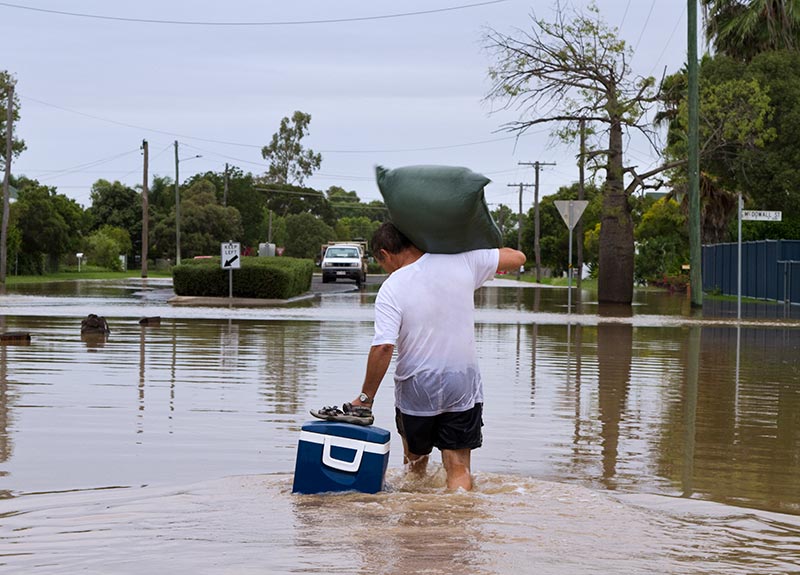
Research
This project is unique because it utilises UX and service design methods, traditionally applied to a single organisation or experience, to develop a whole of community story that considers how interactions across organisations impact individuals and local businesses throughout a disaster. Research included:
1. Stakeholder workshops were run to get diverse organisations in the same room and develop a human-centred mindset through empathy building activities. The workshops also mined the knowledge held by stakeholders to inform a preliminary journey map and raise research questions to investigate in the interview script.
2. Contextual Interviews were conducted in the Townsville region at participants’ homes, businesses or places of work. I led the interviews while a colleague recorded notes on their laptop and captured audio recordings. Each interview evoked the participant’s phenomenological recounting of the natural disaster in 1.5hr sessions.
Twelve residents and eight small business owners were engaged that had experienced vulnerability and were negatively impacted by the natural disaster.
Analysis
The analysis of the research proved to be a challenge because of the complexity and variability of interactions occurring in the ecosystem.
While we tried to maintain focus on the ‘user journey’ we couldn’t help but notice how the experience was impacted by an ecosystem of experiences that could be occurring concurrently at any one moment.
Elements of the journey made more sense to visualise in a systems map, so it was difficult to discern what the journey visualisation should look like.
I decided to reframe the complexity with pens, paper and string – there’s something about working with your hands that helps me solve cognitively complicated problems.
We mapped the data on the wall in our office and finally arrived at two distinct disaster journey maps: one for residents and one for business owners.
To make the complexity more tangible, we also consolidated the most important elements and distinct customer segments into Community Stories. These are similar to personas, only they provide a much more rich narrative that elicits the importance of all the inter-connected experiences that happen along a timeline.
These have become important artefacts that have helped introduce the incredible complexity and interconnectedness of experiences in a natural disaster event.
Outcomes
Project outcomes have continued to evolve as initiatives and collaboration activities open up within and between organisations in Australia. The cross-sector collaboration beginning to occur around a human-centred design mindset shows that this project has been a catalyst for system transformation.
We produced two journey maps to articulate the complexity and visualise the community end-to-end journey in a disaster:
- Residential Journey Map
- Local Business Owner Journey Map
These artefacts are incredibly rich in detail and provide insights to organisations (or groups of organisations) aiming to better understand the complex challenges communities face during a natural disaster. They can also be used as stimuli to generate opportunities to better support people during a disaster. The maps can be found on TCP’s Disaster Planning and Recovery site, along with the final Disaster Planning and Recovery Collaborative Research Project report.
I facilitated a cross-sector collaboration workshop, where TCP partners reviewed the insights and community stories and generated potential opportunities for action. The opportunities that they created can also be found in the final Disaster Planning and Recovery Collaborative Research Project report.
Continuing Leadership
I have continued to lead an active role in the Australian community spreading the human-centred design mindset, breaking down organisational silos and illustrating the importance of design research to address societal challenges. Some of my community leadership appearances include:
- Keynote speaker at a Queensland Government ‘Design Thinking’ conference.
- Presentation at UX Australia.
- Human-centred Design Masterclass for TCP partners.
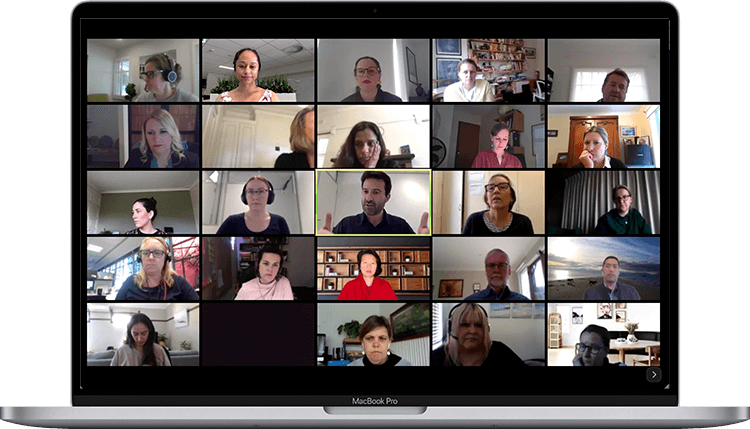
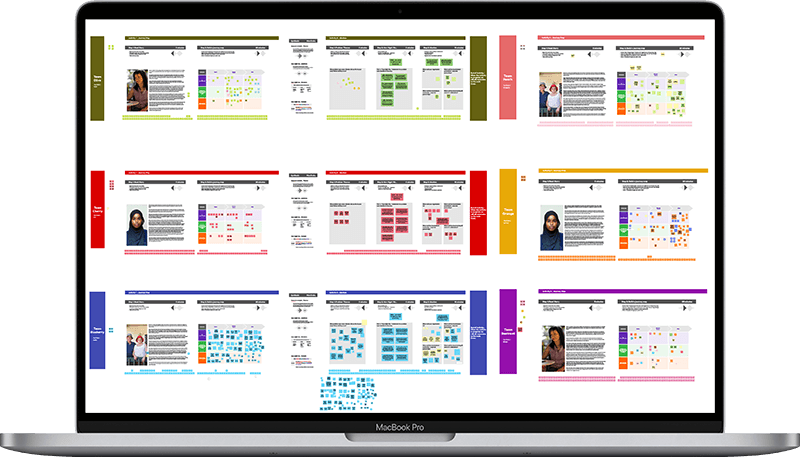
Mental Health is Often Overlooked
Have a look at a public webinar that discusses mental health during natural disasters. I share insights with Patrice O’Brien, Chief Community Officer at Beyond Blue, on how we can be better prepared to support emotional well-being in extreme events.
